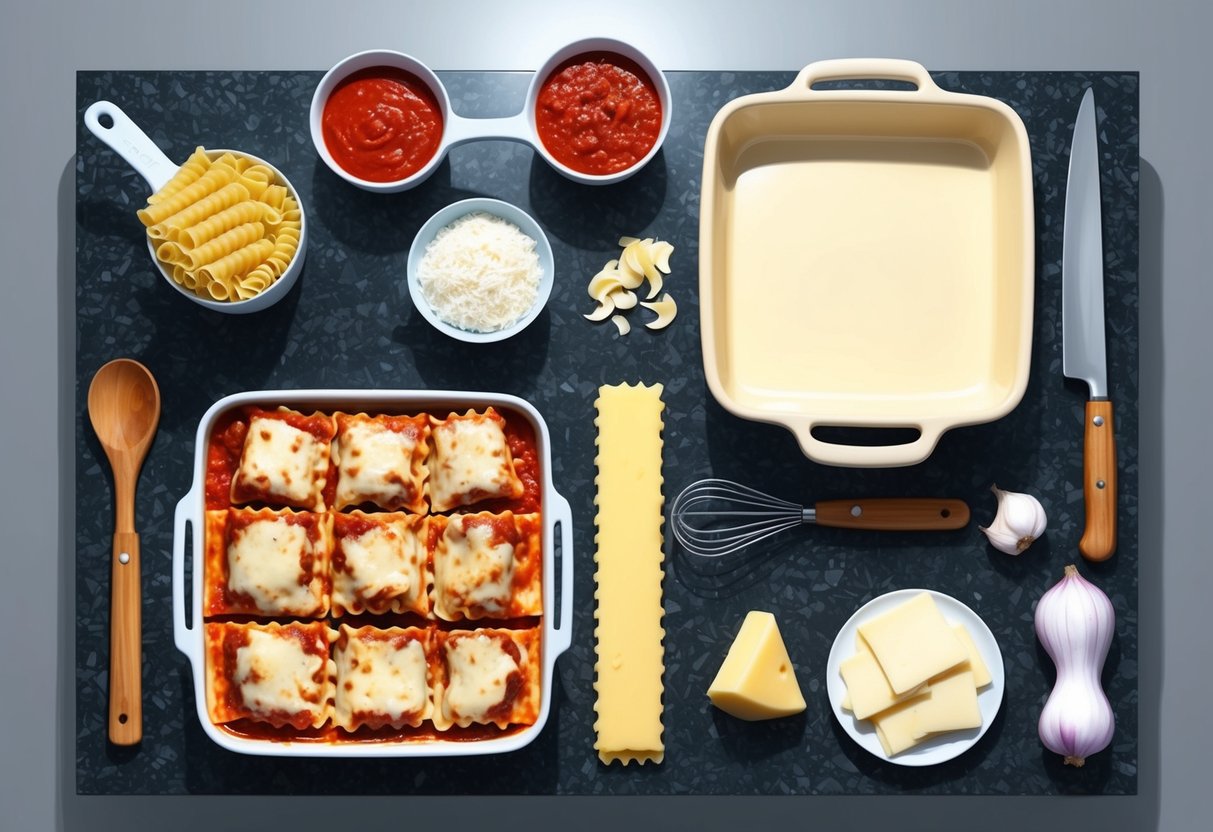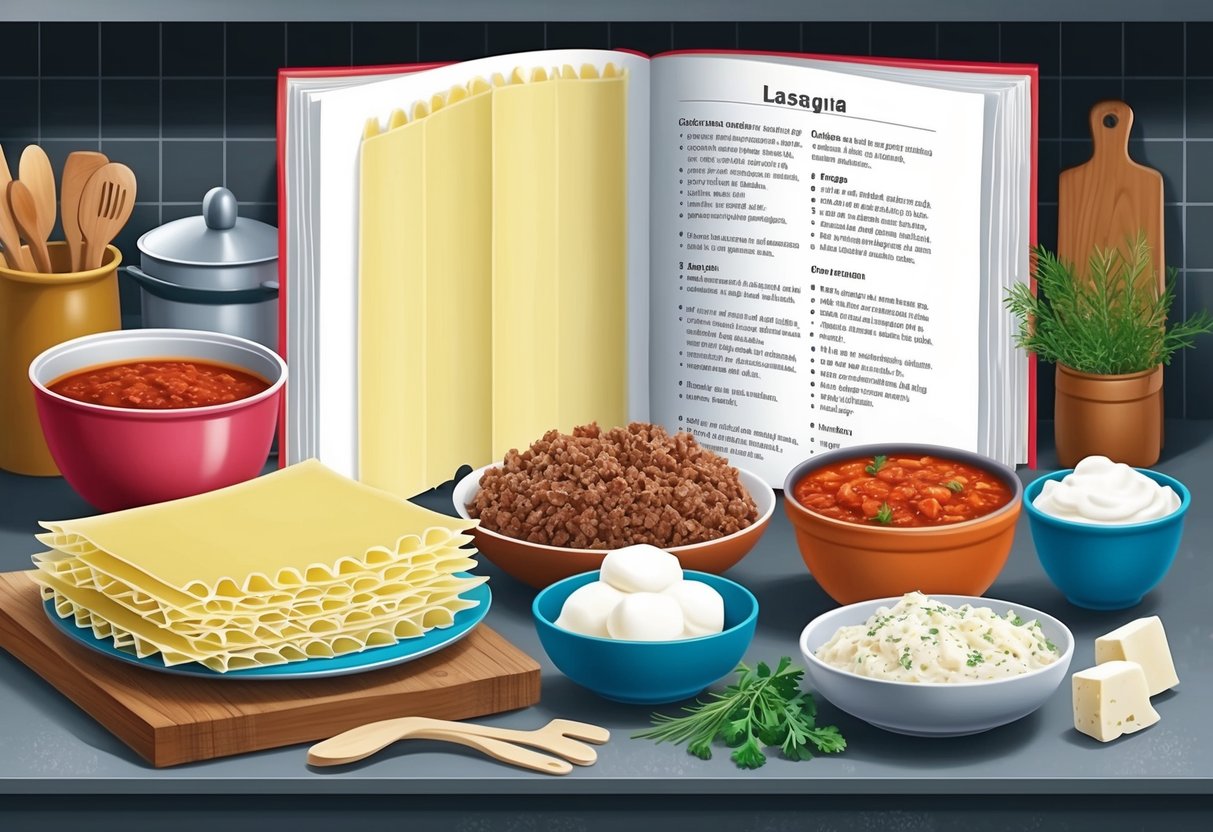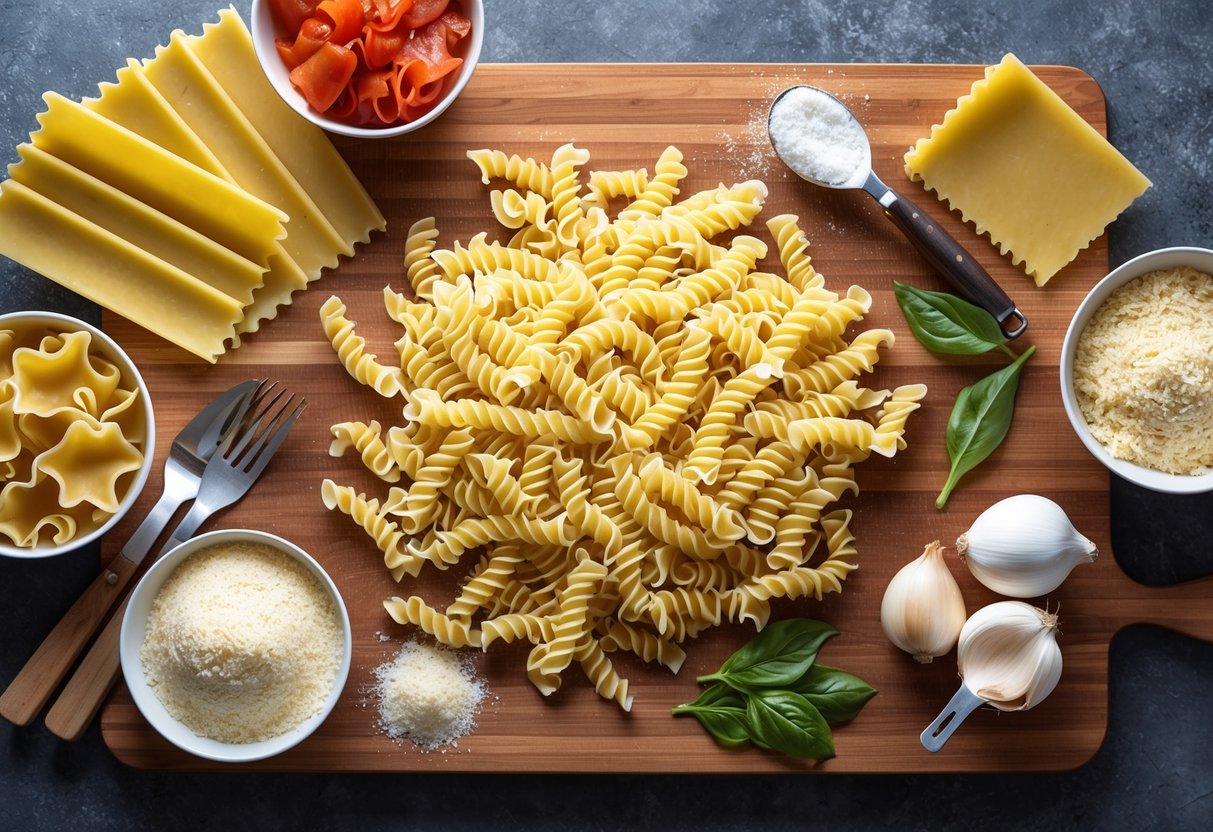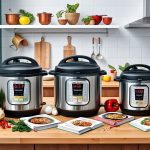
Making restaurant-quality lasagna at home is easier than many expect, blending classic Italian technique with simple ingredients for a dish that impresses every time.
With the right guidance, anyone can layer perfectly cooked noodles, savory meat sauce, creamy ricotta, and gooey cheese to create an authentic lasagna that rivals any restaurant’s version.
Key techniques such as using high-quality cheeses, a balanced tomato sauce, and building structure through careful layering make all the difference.
Readers interested in elevating their homemade lasagna will learn essential tips, like how to avoid watery slices and get beautifully defined layers.
Following a clear, step-by-step process not only delivers better flavor but ensures the presentation looks just as good as it tastes.
Methods shared by professional chefs and well-tested recipes—like this step-by-step restaurant-style lasagna guide—will help home cooks achieve reliable, delicious results with every batch.
Essential Ingredients for Authentic Lasagna

A successful restaurant-quality lasagna relies on carefully chosen cheeses, high-quality meats, and a balanced tomato sauce with the right herbs.
Each component plays a crucial role in developing authentic flavor and texture.
Attention to ingredient selection sets outstanding lasagna apart from ordinary homemade attempts.
Choosing the Best Cheeses
Classic lasagna recipes use a combination of ricotta, mozzarella, and parmesan cheese for the ideal taste and texture.
Ricotta cheese provides creamy layers that blend well with the sauce and pasta.
Many opt for whole milk ricotta since it adds a richer flavor.
Mozzarella cheese—either whole milk or part-skim—melts for stretchy, gooey layers and helps hold the lasagna together.
Parmesan cheese, preferably Parmigiano-Reggiano, is used for its sharp, nutty taste and is usually sprinkled between layers and on the top.
Freshly grated parmesan melts and browns better than pre-grated kinds.
Some recipes also add an egg to the ricotta mixture to help it set, resulting in a more consistent texture.
Using the right cheese blend creates the signature creaminess and depth found in restaurant-quality lasagna.
| Cheese Type | Purpose | Notes |
|---|---|---|
| Ricotta | Creamy base layer | Use whole milk for richness |
| Mozzarella | Melty, stretchy layer | Whole milk preferred |
| Parmesan | Salty, nutty, topping | Use fresh for best flavor |
Selecting Premium Meats
Rich, flavorful meat is a hallmark of many beloved lasagna recipes.
Ground beef is often used as the main protein, but choosing lean ground beef reduces excess grease and offers a firmer texture.
Italian sausage adds spices and depth, creating layers of taste found in classic homemade lasagna.
Combining beef and sausage balances richness and spice.
Browning the meat fully and draining any excess fat are important to prevent a greasy end product.
For lighter variations, ground turkey or chicken can be substituted, but traditionalists prefer the stronger flavors of pork and beef.
The meat should be broken into small crumbles to ensure an even distribution throughout the dish.
Tomatoes, Sauces, and Herbs
A standout lasagna relies on a robust tomato base, which can include crushed tomatoes, tomato paste, diced tomatoes, or even whole peeled tomatoes.
Combining several types results in a more complex sauce.
Using a mix of tomato sauce and marinara sauce allows layers of acidity and sweetness, which create depth when simmered with meats and seasonings.
Fresh garlic and olive oil are gently sautéed as the flavor foundation.
Fresh basil or Italian seasoning infuses the sauce with herbal brightness.
Adding garlic powder can boost savoriness.
Cooking the sauce slowly allows the ingredients to meld and the flavors to deepen.
Salt and pepper are adjusted to taste at the end of simmering.
Lasagna noodles or pasta sheets are then layered with the finished sauce, cheeses, and meats for a balanced final dish.
Types of Lasagna Noodles and Pasta

Lasagna can be made with several kinds of noodles, each bringing different qualities to the final dish.
The choice between traditional, no-boil, or fresh options affects texture, flavor, and even cooking techniques.
Traditional Versus No-Boil Noodles
Traditional lasagna noodles require boiling before layering.
They are usually made from durum wheat and offer a tender, hearty bite when cooked properly.
Dry lasagna sheets remain popular for their authenticity and texture but do require more preparation time.
No-boil lasagna noodles are designed to soften during baking, absorbing sauce moisture as they cook.
These are convenient for quick assembly and minimize extra steps.
However, they often need extra sauce to prevent dryness.
No-boil noodles can sometimes yield a softer, less chewy texture compared to traditionally boiled pasta.
Fresh pasta sheets, whether homemade or store-bought, deliver an ultra-tender and delicate layer in lasagna.
They are especially popular for those aiming for a more restaurant-quality result.
Making homemade noodles involves basic pasta dough, and detailed instructions can be found in guides like this step-by-step walkthrough on fresh homemade lasagna noodles.
| Noodle Type | Preparation | Texture | Cooking Time |
|---|---|---|---|
| Boil-required | Precook, drain | Chewy, classic | Longer |
| No-boil | Use as-is | Softer, quick prep | Shorter |
| Fresh pasta sheets | Homemade/store | Ultra-tender, delicate | Fastest |



